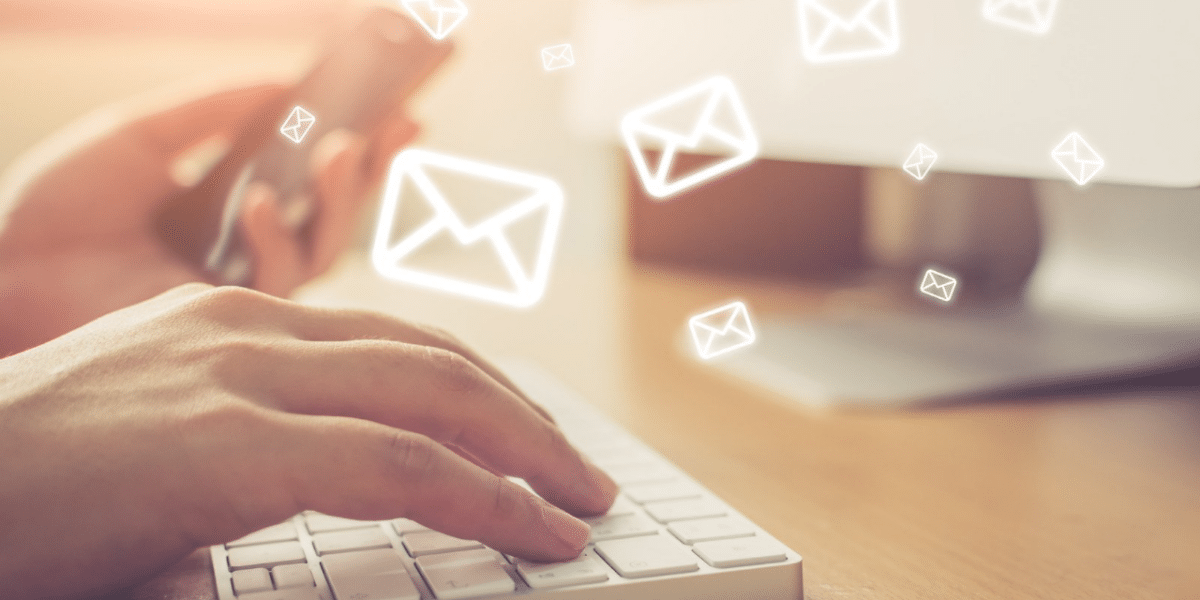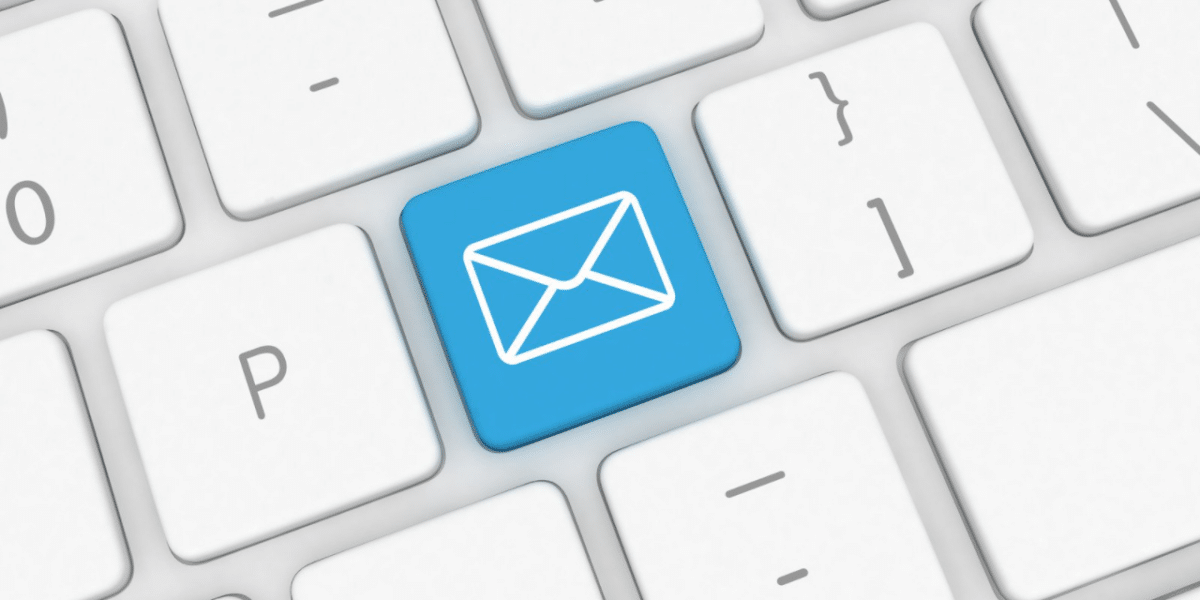[Automated Response]: Thank you for clicking on this article. Please do not reply to this.
Automated responses. Do they fit into an era where engagement and personalization is crucial to customer loyalty? Unengaging, impersonal automated responses: No. But a personalised, click-able automated response? Absolutely!
The average person receives 121 emails per day. That’s just under 850 a week! So when it comes to automated response emails, a cookie cutter approach just doesn’t cut it. Most impersonal, auto responses end up archived or in the trash. But the clever use of an automated response can drive hundreds of more leads and sales to your website, social media, or newsletter.
Email marketing is heavily saturated for a reason: it works! But it only works if you use a thought-out and personal approach. How can you create automated responses that aren’t sent to junk, archived, or glazed over? In this article we’re going to run through:
- Writing an engaging, clickable automated response email
- How you can make your automated responses personal
- Choosing the right response for every automated email
- A ready-made buffet of effective responses for you to use in a few clicks
There’s several techniques that can make your automated response email stand out amongst the 120 others in your customer’s inbox. Let’s take a look at the first step.
How to write a clickable automated response email
First thing’s first: The title. This is the first thing your customers see, and can be the make or break when it comes to directing their cursor and clicking ‘open’. Let’s use some examples of an automated response for a “thank you for ordering” email.
Which of these is a customer more likely to open?:
<Auto Response> Order: 1AC7
Or
Thank you so much! Have you seen these?
The first is arguably practical, but is it clickable? Will it drive more leads to your website or socials? Automated responses like the first example are often only clicked on to expel the notification, rather than interest.
The second example scores much higher on the clickability scale. The first sentence “Thank you so much!” lays out the purpose of the email; thanking the customer for their order. The second part of the title “Have you seen these?” is the incentive. A question in an email title will pique the interest of the customer, inviting them to click it to get an answer.
This brings us to the content of the email. A straightforward, practical line of text serves its purpose, but does not attract engagement. Including conversational speech, attractive links, and even some interesting imagery can hugely heighten engagement. If you sell products, consider including a discount for the customer’s next purchase to give incentive to become a repeat customer.
These examples have been based on a product / consumer scenario, however you can easily apply this to any form of business where you send automated responses. You might use this technique for newsletter sign-ups, customer queries, or support tickets.

Making your automated response personal
Customers love to get clear, confident responses. The right amount of personal, but still efficient, can help you to provide the ideal customer experience every time.
One thing that can really help the success of your email marketing is personalisation.
The reason that clearly automated responses don’t get high engagement is due to the fact that the same thing is sent out to everyone. Personalisation in an automated email makes it appear far less, well, automated!
A great and simple way to personalise an automated response is adding the customer’s name in the title, or addressing the customer in the first line of the email. This small change can make each automated email feel as though it’s personally directed to the customer. It’s also a great tactic to immediately draw the attention of the customer by seeing their name.
Most customers prefer a casual tone with customer service, but not too casual. Use phrases to help your team strike the right balance between friendly and informative. Some great examples of these can be found in TextExpander’s simple scripts for chat. Here you’ll find a number of highly effective and personalised email examples.
Choosing the right response for each email
Having just one response template for all of your automated emails is a sure-fire way to get low engagement rates. No one wants to read the same few lines in 3 separate emails.
So how can you set up a way to select the appropriate response for each case? TextExpander offers an easy solution. You can automate responses in a way that lets you choose the most appropriate reply. For example, you may be setting up an automated response for your support team. Having a selection of empathetic phrases at hand can really boost customer satisfaction, knowing that their problem is being handled by a team who cares.
You can read more about adding fill-in options to your snippets here.
Using TextExpander’s snippets, you can even have a number of entirely different email templates lined up, ready to access in seconds. Preparing the right email templates is a super effective way to ramp up productivity, and ensure the best message is getting across for every scenario.
A library of effective responses
TextExpander’s Customer Support Swipe File is a great resource for effective phrases and templates. As well as templates for common situations that require an automated response, TextExpander provides ready-made snippets for you to use! These are stored in Public Groups.
You can read more about how Public Groups work here.

Takeaways
So what are the key points in making an automated response sound personal?
- Ensuring the title and first line of the email stands out
- Adding incentive to the email content with an aim to drive up engagement
- Personalised factors, such as the customer’s name, captures attention and builds trust
- Striking the right balance between friendly and informative with conversational language
- Having a number of accessible, ready to use templates to tailor the customer’s experience with every point of contact
Using these techniques, and putting some care and time into your automated response emails can hugely benefit engagement and customer satisfaction. Not to mention saving you time!
If you enjoyed this article, we recommend these for your next read:

